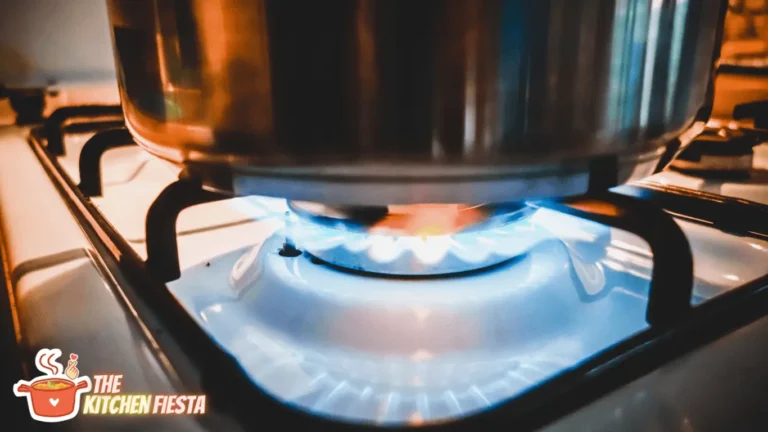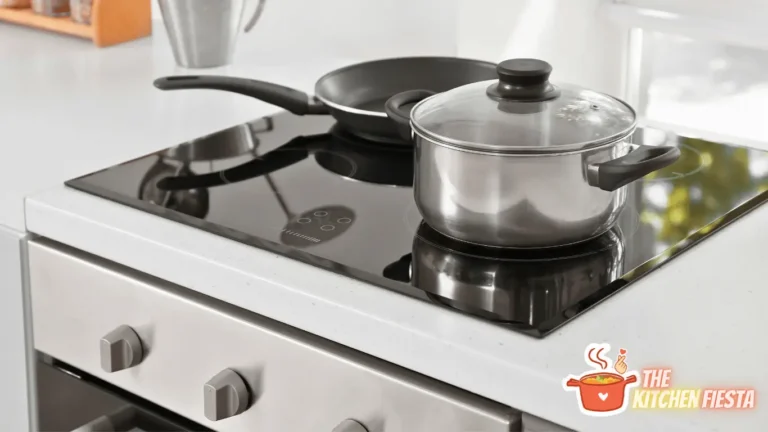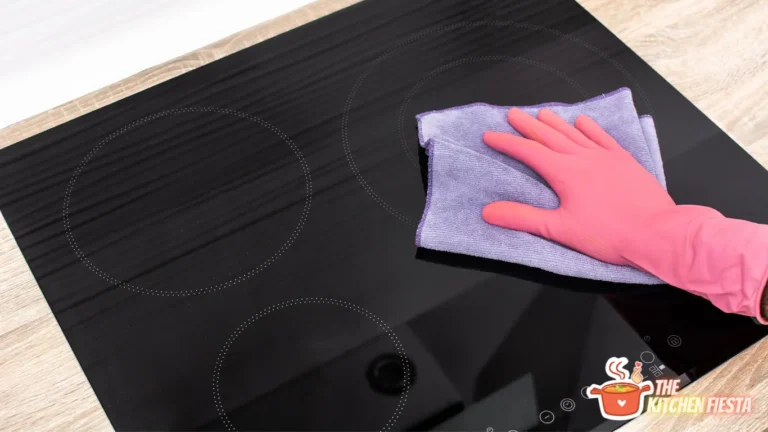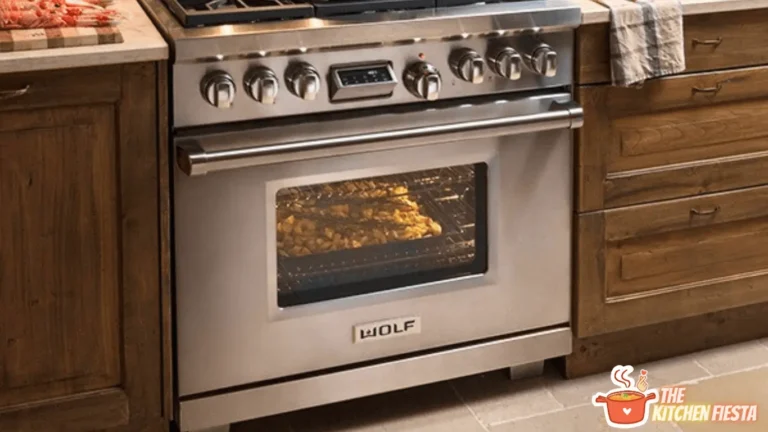How Does an Electric Stove Work? A Clear and Knowledgeable Explanation
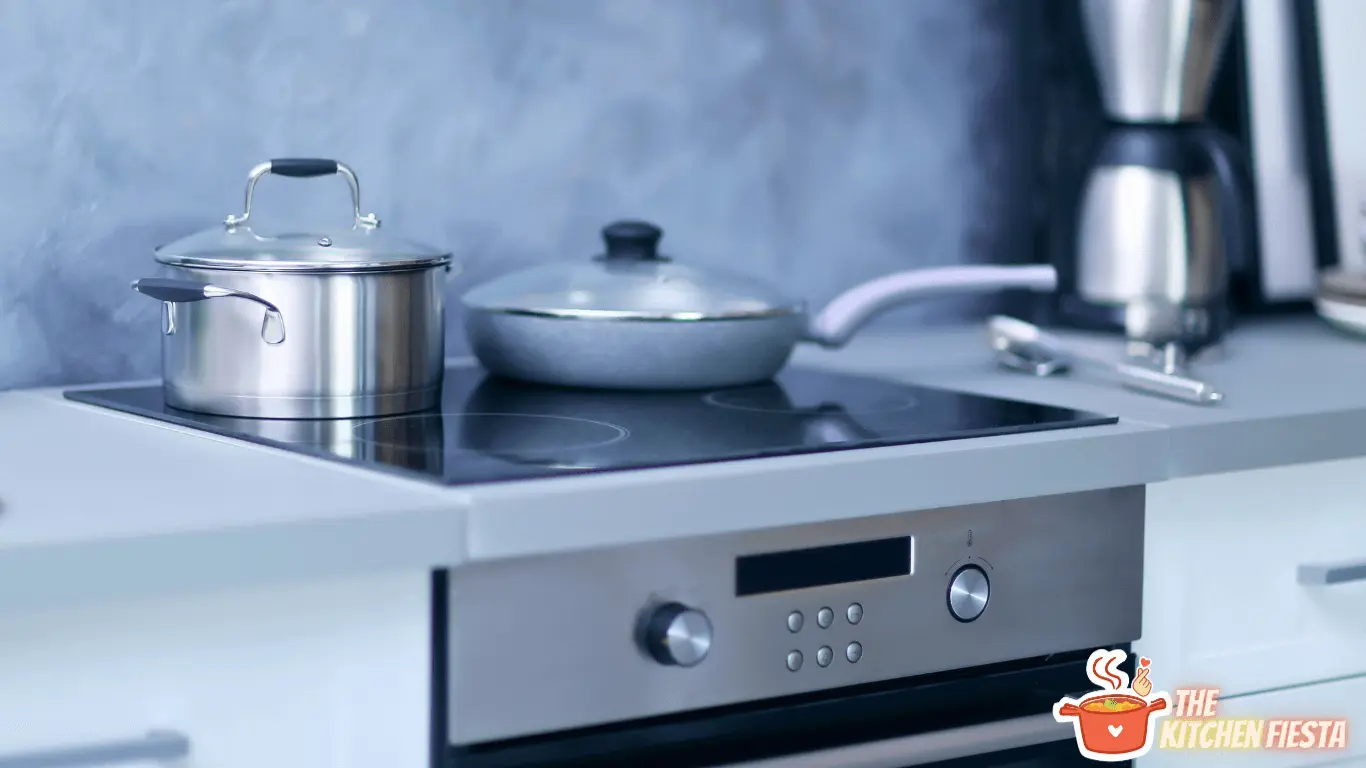
An electric stove is a common appliance in most households. It provides a convenient way to cook meals using electricity to heat up the cooking surface. But have you ever wondered how an electric stove works? In simple terms, an electric stove uses an electric current to heat up metal coils or a ceramic glass surface, transferring heat to the cookware placed on top.
The electric stove has evolved, and different types are available. Some electric stoves have additional features like timers and self-cleaning options. However, the basic principle of an electric stove’s work remains the same. Understanding how an electric stove works can help you troubleshoot any issues that may arise and ensure that it functions optimally.
In this article, we will take a closer look at how an electric stove works and the different types available in the market.
The Basics of Electric Stoves
Electric stoves have become famous for cooking due to their convenience and efficiency. They are easy to use, clean, and maintain.
Understanding Electricity
Electricity is the flow of electrons through a conductor, such as a wire. Electricity flows through a heating element in an electric stove, usually made of a metal coil or ceramic glass. When the electric current passes through the resistance wire of the heating element, it generates heat, which is then transferred to the cookware placed on top of the stove.
Electric stoves require a source of electricity to function. They are typically connected to a power outlet through a cord. The voltage required for an electric stove can vary, but most models require a standard 120-volt outlet or a 240-volt outlet for larger stoves.
Role of Resistive Heating
The heating element in an electric stove uses a process called resistive heating to generate heat. Resistive heating occurs when an electric current passes through a material that resists the flow of electrons. This resistance generates heat, which is then transferred to the cookware.
The heating element in an electric stove is designed to provide a consistent and even heat source. Some electric stoves may have multiple heating elements, which can be controlled independently for different cooking temperatures.
Components of an Electric Stove
An electric stove is a modern kitchen appliance that uses electricity to cook food. It consists of several components that work together to provide heat and control temperature. In this section, we will discuss the different components of an electric stove.
1. Heating Elements
The heating elements are the parts of the electric stove that generate heat. These elements are made of metal coils or ceramic glass heated by electricity. The heat these elements generate is transferred to the cookware placed on them. Most electric stoves have four or five heating elements, each with its control switch.
2. Temperature Control
The temperature control is the part of the electric stove that regulates the heat generated by the heating elements. It is usually located on the control panel of the stove. It can be adjusted to increase or decrease the temperature of the heating elements. Some electric stoves also have additional features like timers and self-cleaning options.
3. Oven
The oven is the part of the electric stove used for baking, roasting, and broiling. It is usually located below the cooktop and heated by electric heating. The temperature control on the control panel can control the oven’s temperature. The oven also has a door that can be opened or closed to allow food to be placed inside or removed.
4. Broiler
The broiler is a part of the electric stove used for broiling food. It is usually located at the top of the oven and is heated by electric heating elements. The broiler can be turned on and off using a control switch on the control panel. When the broiler is turned on, the heating elements become very hot and cook the food placed on the pan.
An electric stove consists of several components that work together to provide heat and control temperature. These components include the heating elements, temperature control, oven, and broiler. Each component is vital in cooking food and can be adjusted to meet the user’s needs.
Safety Features
Electric stoves have various safety features designed to keep users safe while cooking. Below are two of the most important safety features of electric stoves.
1. Thermal Fuse
A thermal fuse is a safety device that automatically shuts off the electric stove if it gets too hot. The thermal fuse is located near the heating element. It is designed to break the circuit if the temperature exceeds a certain level. This prevents the stove from overheating and potentially causing a fire.
It is important to note that if the thermal fuse is tripped, the stove will not work until it is replaced. If the thermal fuse is tripped frequently, it may indicate a problem with the stove that needs to be addressed.
2. Residual Heat Indicator
The residual heat indicator is a safety feature that alerts users when the stove is still hot after it has been turned off. This is important because hot surfaces can cause burns and other injuries. The residual heat indicator is typically located on the stove’s control panel. It uses a light or symbol to indicate when the stove is hot.
Waiting for the residual heat indicator to turn off before touching or cleaning the stove is essential. Keeping flammable items away from the stove is vital until it completely cools down.
Electric stoves have essential safety features that help prevent accidents and injuries. Following all safety guidelines and instructions when using an electric stove is essential to ensure safe and enjoyable cooking experiences.
Energy Efficiency
Electric stoves are known to be energy-efficient as they convert almost all of the energy they consume into heat. The energy efficiency of an electric stove depends on the type of stove and how it is used. Here are some factors that affect energy efficiency:
- Cookware: The type of cookware used can affect the energy efficiency of an electric stove. Flat-bottomed pans with tight-fitting lid are the most efficient. Cookware made of copper or aluminum conducts heat better than stainless steel or cast iron.
- Burner Size: Using the right burner size for the pot or pan can help save energy. A smaller pot or pan on a considerable burner wastes energy as heat is lost around the edges. A larger pot or pan on a small burner takes longer to heat up, wasting energy.
- Preheating: Preheating an electric stove is not necessary for most dishes. Preheating can waste energy and increase cooking time. However, some dishes, like baked goods, may require preheating.
- Maintenance: Keeping the stove clean and well-maintained can help improve energy efficiency. Burners should be cleaned regularly to ensure they are working correctly and not wasting energy.
- Cooking Time: Reducing cooking time can save energy. Covering pots and pans can help food cook faster, reducing cooking time and saving energy.
Electric stoves are a good choice for those looking for an energy-efficient cooking option. By following a few simple tips, users can maximize the energy efficiency of their electric stoves and save money on their energy bills.
Maintenance and Troubleshooting
Cleaning Tips
Maintaining an electric stove is crucial to ensure its longevity and efficient functioning. It is essential to clean the stove regularly to avoid grease buildup, which can cause electrical components to malfunction. Here are some cleaning tips for electric stoves:
- Clean the stove burners and drip pans regularly with soap and water.
- Avoid using abrasive cleaners or steel wool, as they can scratch the stove’s surface.
- Use a soft cloth or sponge to clean the stove, and avoid using excessive water.
- Clean the stove’s control knobs with a damp cloth, and avoid using too much water to prevent damage to the electrical components.
Common Problems and Solutions
Despite regular maintenance, electric stoves can still experience problems. Here are some common problems and solutions:
| Problem | Solution |
|---|---|
| The burner is not heating up | – Check the burner element for damage or replace it. |
| – Check the burner socket for debris or corrosion. | |
| Uneven heating | – Clean the burner and the drip pan. |
| – Adjust the burner to ensure it sits correctly on the socket. | |
| Control knob not working | – Check the control knob for damage or replace it. |
| – Check the wiring connections to the control knob. | |
| Stove not turning on | – Check the power source and ensure it is plugged in. |
| – Check the circuit breaker to ensure it is not tripped. |
It is important to note that if an electric stove experiences a problem that cannot be easily fixed, it is best to contact a professional for repair. Attempting to fix complex electrical problems without proper knowledge can be dangerous and cause further damage to the stove.
Conclusion
In conclusion, electric stoves work by converting electrical energy into heat energy through a process called Joule heating. When an electric current passes through the resistance wire of the stove’s heating element, it generates heat, which is then transferred to the cookware on top of the stove.
Each heating element on an electric stove connects to its control switch. When this switch is turned on, it closes the circuit by connecting two “legs,” each with 120 volts of alternating current. Electric current travels down each leg, and when this current collides with the heating element, it generates heat.
Electric stoves have become popular as replacements for solid-fuel stoves, which require more labor to operate and maintain. They are easy to use and require minimal maintenance. Additionally, electric stoves are safer than gas stoves, as there is no open flame.
Overall, electric stoves are a convenient and efficient way to cook food. They offer precise temperature control, are easy to clean, and are available in various styles and sizes to fit any kitchen.
Frequently Asked Questions
Where does the energy come from for an electric stove?
Electric stoves are powered by electricity, typically generated by power plants that burn fossil fuels or use renewable energy sources such as wind or solar power. The electricity is delivered to the stove through an electrical outlet.
How do electric stoves control temperature?
Electric stoves use a thermostat to control the temperature of the heating element. The thermostat monitors the stove’s temperature and adjusts the electricity flowing to the heating element to maintain a consistent temperature.
What are the parts and functions of an electric stove?
An electric stove comprises several parts, including the heating element, thermostat, control knobs, and oven. The heating element generates heat, while the thermostat controls the temperature. The control knobs adjust the temperature and settings, while the oven is used for baking and roasting.
What are the advantages and disadvantages of using an electric stove?
The advantages of using an electric stove include easy installation, low maintenance, and consistent heating. However, electric stoves can be more expensive than gas stoves, and they may take longer to heat up and cool down.
How do you turn on an electric stove?
To turn on an electric stove, turn the control knob to the desired temperature and wait for the heating element to heat up. Some electric stoves may also have a preheat function that lets you quickly heat the oven.
When did electric stoves become common?
Electric stoves became more common in the mid-20th century as electricity became more widely available and affordable. Today, electric stoves are popular for many households due to their ease of use and low maintenance requirements.

